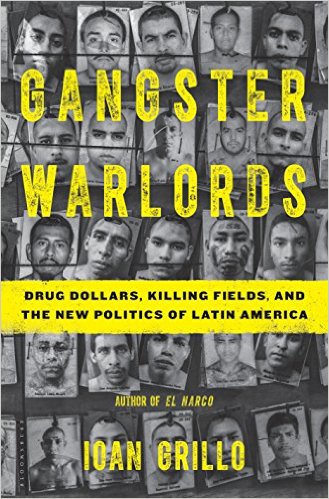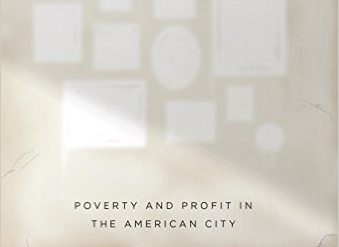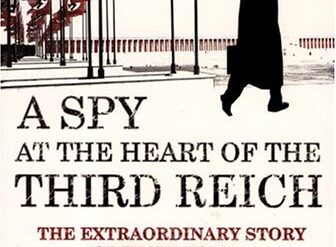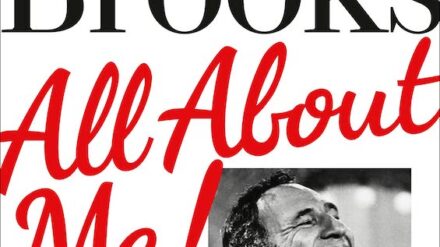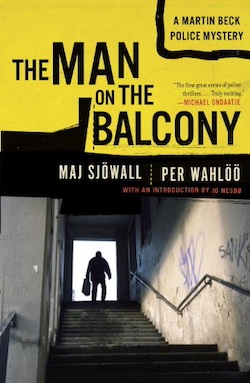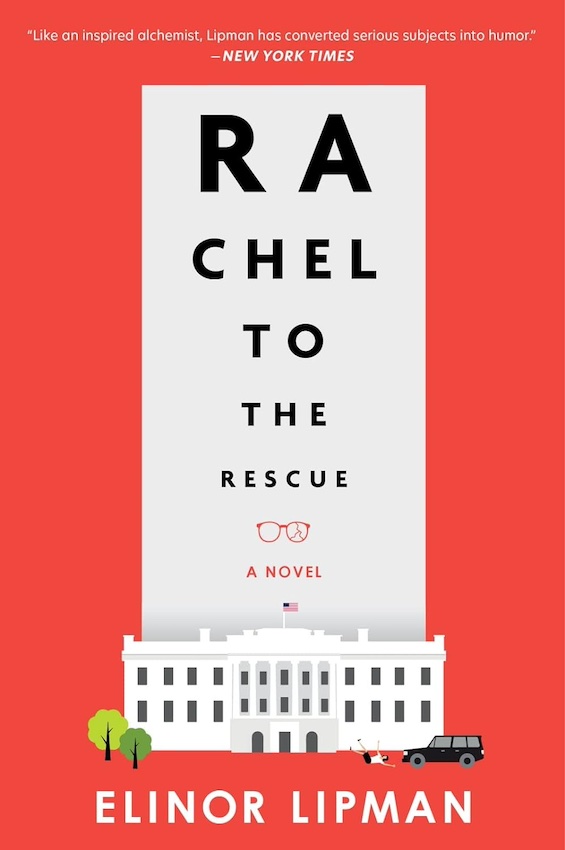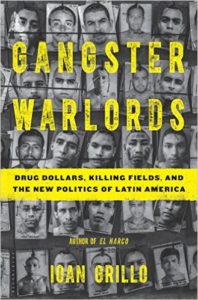
Americans who take their first trip from country to country in Latin America and the Caribbean are often astounded by the region’s diversity. From Argentina, which is more heavily influenced by Italy and Spain than by any country to its north; to the polyglot island-states of the Caribbean; to Mexico and Central America, with their rich native traditions, Latin America is a study in contrasts. After all, the Western Hemisphere south of the United States encompasses 32 nation-states speaking six official languages (Spanish, Portuguese, English, French, Dutch, and Creole). So it should be no surprise when British journalist Ioan Grillo makes clear in Gangster Warlords, his fascinating in-depth treatment of the drug trade, that the same is true of the drug cartels that have sprouted throughout the region.
Estimated reading time: 6 minutes
Four dissimilar drug cartels
Grillo tells the tale of drug trafficking in the Western Hemisphere through the lens of four criminal enterprises grounded in the drug trade: Brazil’s Red Commando, Mara Salvatrucha in Honduras and El Salvador, the Shower Posse in Jamaica, and Mexico’s Knights Templar. Each is a product of the culture from which it emerged, shaped by the personality of a charismatic leader. Though their business practices and the scope of their operations vary widely, they all have three things in common: they are thugs who prey upon human weakness, they mobilize armies of assassins that sometimes number in the thousands, and they commit murder indiscriminately and on an enormous scale.
Gangster Warlords: Drug Dollars, Killing Fields, and the New Politics of Latin America by Ioan Grillo ★★★★☆
The “super villains” who run these bloated gangs, Grillo writes, “are no longer just drug traffickers, but a weird hybrid of criminal CEO, gangster rock star, and paramilitary general. They fill the popular imagination as demonic antiheroes.” The result is that “[e]ight of the ten countries with the highest homicide rates [in the world] are now in the region, as are forty-three of the world’s fifty most violent cities. . . Between the dawn of the new millennium and 2010, more than a million people across Latin America and the Caribbean were murdered. It’s a cocaine-fueled holocaust.” A million murders! Most wars throughout human history have been less destructive.
Varying origins and practices
In Gangster Warlords, Grillo looks at “the class-based ghetto warfare of the Red Commando in Brazil, the political power of the don [boss] in Jamaica, the immigrant street gang of the Mara in Central America, and the religious cult and guerrilla tactics of the Knights Templar in Michoacan.”
The Red Commando sprouted in the favelas and jails of Rio de Janeiro in the early 1990s but has spread to cities through the vast expanses of Brazil. There, Grillo reports, “the crime ‘commandos’ are in close urban combat with police and rivals, a conflict that has killed even more than in Mexico — and which U.S. Navy seals go to train in.”
The Mara Salvatrucha grew from a U.S. prison gang in Southern California into an international criminal enterprise that has turned urban neighborhoods in Honduras, El Salvador, and Guatemala into killing fields. Mara is primarily responsible for the flood of juvenile refugees that overwhelmed U.S. immigration officials in 2014.
The Shower Posse, a product of the slums of Kingston, was for several years a leading reason why murder rates in many U.S. cities spiked so dramatically. The group’s name derives from its original members’ fondness for Western films and for their practice of “showering” their rivals with bullets from automatic weapons.
Mexico’s Knights Templar is in many ways the strangest of the four groups Grillo studied. The gang was the creature of a narcissistic self-styled saint who wrote his own version of the Bible (in the style of Mao’s Little Red Book) and personally took part in the gruesome torture and murder of competing gangsters.
Why? Why do these organizations come into being — and why do they flourish?
Having read Gangster Warlords (as well as books about urban crime in the U.S.), I’ve concluded that there are four principal reasons for the pervasive hard drug use and attendant violence that plagues our societies today:
(1) Demand
If Americans, Europeans, and, for that matter, Latin Americans, lived rewarding lives and didn’t feel the need to escape through drug use, it’s unlikely that the criminal gangs Grillo describes could ever have attained the proportions they have. Poverty, unemployment, and the alienation of modern life all contribute to the hopelessness that leads to widespread drug use.
(2) Guns
Nearly all the murders Grillo describes are committed with guns — and nearly all the guns in the hands of the drug cartels come from . . . you guessed it: the land of the Second Amendment. In fact, some if not all the drug traffickers derive additional profits by smuggling guns from the United States to their home countries.
(3) The adolescent brain
With few exceptions, the gangsters who organize the sort of drug trafficking operations described in Gangster Warlords set out on lives of crime as early as age eleven, as do the overwhelming majority of their “soldiers.” Most drug traffickers acquire the habit of killing indiscriminately and without compunction when they are teenagers. Modern neurological science tells us that our brains do not reach adult maturity until around the age of twenty-five — and habits acquired before then are difficult to break.
(4) Poverty (again)
Not all the drug traffickers Grillo writes about were born poor. In fact, some of the leaders — in Jamaica and in Mexico, in particular — were raised by middle-class families and obtained some education, even including college. But the same isn’t true of their followers. Unquestionably, the grinding poverty that is experienced by so many millions in the crowded cities of Latin America and the Caribbean helps motivate young people to turn to the drug trade. Although the promises of friendship and protection also play a part, it’s unlikely that young people motivated by hope and opportunity would find those promises as attractive.
About the author
Ioan Grillo is an award-winning British journalist who has lived in Mexico since 2001 and reported from there, principally on drug trafficking, for a long list of prestigious publications in the United States, Great Britain, and France. Gangster Warlords is his second book on the drug trade.
For related reading
Like to read books about politics and current affairs? Check out Top 10 nonfiction books about politics.
If you enjoy reading nonfiction in general, you might also enjoy:
- Science explained in 10 excellent popular books
- Great biographies I’ve reviewed: my 10 favorites
- My 10 favorite books about business history
And you can always find my most popular reviews, and the most recent ones, on the Home Page.

